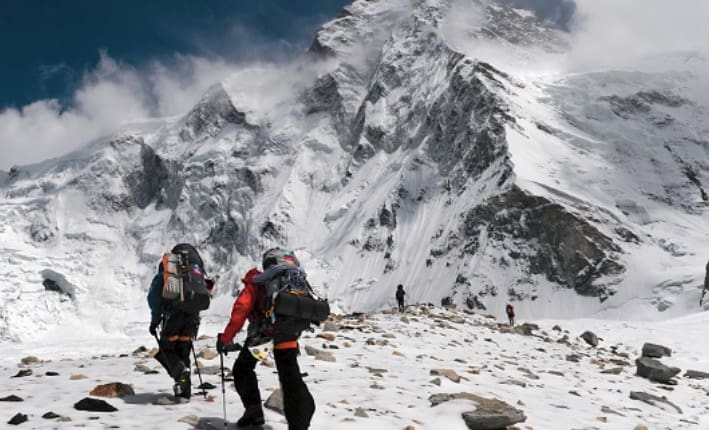Climbing to the 14 summits above 8,000 meters is the dream of every mountaineer. Some lose their fingers and toes; others lose their best friends, siblings or lives…
Climbing to these 14 summits is the Nirvana of mountaineering because there is nothing higher and more challenging than these summits.
There are only few mountaineers who managed to do this. Moreover, there are more dead mountaineers trying to achieve that than those who actually achieved that.
The mountaineers that complete these 14 summits above 8,000 meters are called the “Collectors”. There are only 32 Collectors around the world.
The biggest challenge above 8000 metres is the lack of oxygen. If we disregard the trouble to breath and damage on the body, lack of oxygen causes distraction, lack of concentration, sleepiness, freezing, impaired decision-making, decreased reflexes and hallucination. Therefore, the mountaineers call 8.000 metres and above the ‘Death Zone’.
Everest (Chomolungma / Sagarmatha) 8.850 metres (Nepal / China border)
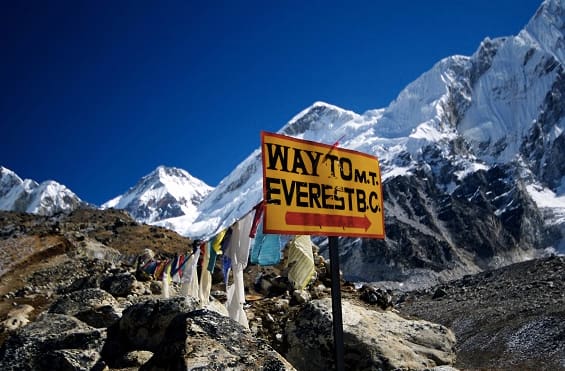
The roof of the world. The sanctuary of the mountaineers. Every mountaineer and non-mountaineer want to climb to Everest. The first climb to Everest was completed on May 1953 by British mountaineer Edmund Hillary. This is the second hardest summit after K2. Although 200 people dies trying to climb to this summit, hundreds of people are rushing here to climb. Although the number of dead people are unknown, some of the bodies are not found due to avalanche.
K2 (Qogir / Mount Godwin Austen) 8.611 metres (Pakistan / China border)
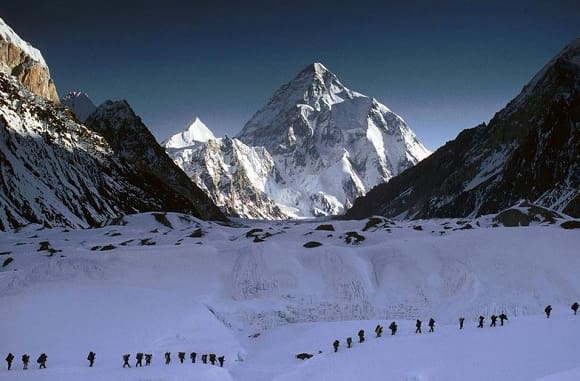
The first successful summit climb to K2 was done by an Italian team in 1954. Mountaineers Lino Lacedelli and Achille Compagnoni managed to reach to the summit. The first person to reach the summit from Turkey was Nasuh Mahruki in 2001.
K2 is the most dangerous and hardest summit around the world. Therefore, it can be defined as a turning point in every mountaineer’s life and can take the mountaineer to a new level. Although 320 people reached to the second highest summit, about 100 people died on the way. This means 1 out of 4 people who tried to climb the summit dies. K2 has different risks such as avalanche, difficulty to climb and bad climate conditions.
Kangchenjunga 8.586 metres (Nepal / India border)
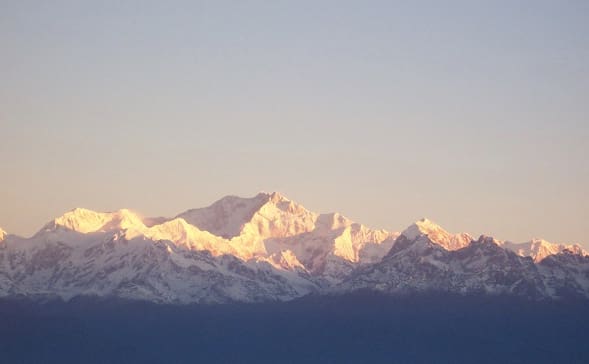
This is the third highest summit of the world with 8,586 metres. British mountaineers Joe Brown and George Band climbed to this summit for the first time in 1955. The summit was named by British Douglas William Freshfield.
Lhotse 8.516 m (Nepal / China border)
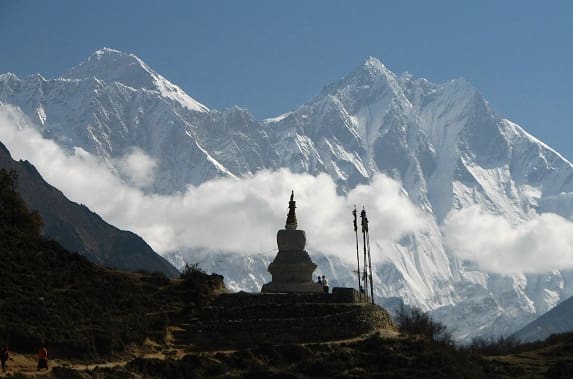
This is the fourth highest summit around the world. Lhotse means the “South Summit” in Tibet language. The climb on the south side witness numerous failure, some remarkable deaths and few successful climbs. Fritz Luchsinger-Ernst Reiss duo climbed to Lhotse for the first time on May 1956. On December 2008, 371 mountaineers reached to Lhotse summit. In this period, 40 mountaineers died trying to climb.
Makalu 8.463 metres (Nepal / China border)
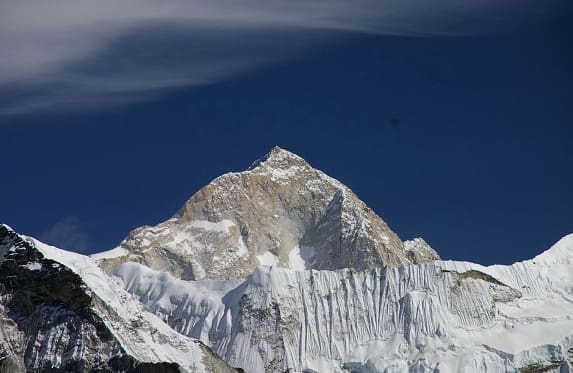
Makalu means Maha Kala, “Big Black” in Nepal language. Two French mountaineer Lionel Terray and Jean Couzy climbed to Makalu for the first time in 1955. Only 330 mountaineers managed to climb Makalu and 30 mountaineers died on the way.
Cho Oyu 8.205 metres (Nepal / China border)
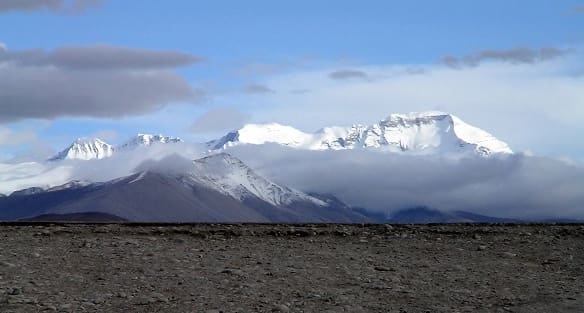
Cho Oyu means “Turquoise Goddess” in Tibet language. An Austrian team consisting of Herbert Tichy, Joseph Joechler and Sherpa Pasang Dawa Lama climbed to Cho Oyu for the first time on October 1954 from the north side.
Dhaulagiri (Dhavali giri) 8.167 metres (Nepal)
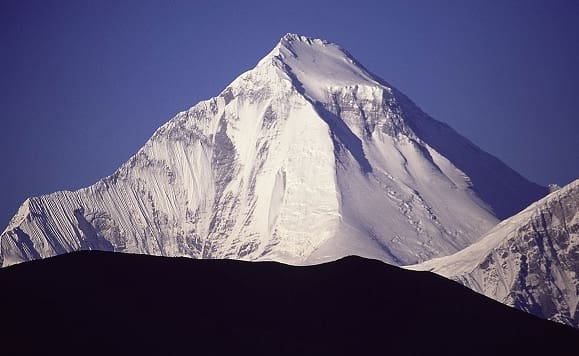
Dhavali giri means the “White Mountain” in Sanskrit. Dhaulagiri was accepted as the highest summit of the world until 1808. The first climb to Dhaulagiri happened in 1960. This summit claim happened on May by Austrian, Swedish and Nepali mountaineer group.
358 successful climbs were completed since 1960 and 58 mountaineers died. 11 American mountaineers without Himalaya experience and two Sherpa died because of an avalanche in 1969 and it is one of the saddest events in the Nepal mountaineering history.
Manaslu (Kutang) 8.163 metres (Nepal)
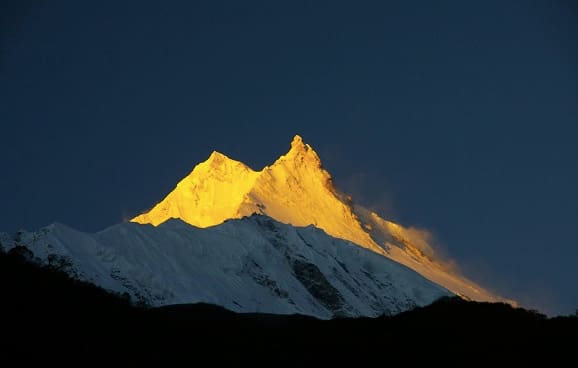
Manaslu comes from Sanskrit Manasa which is translated as “The Mountain of the Spirits”. A Japanese expedition team consisting of Toshio Imanishi and Gyalzen Norbu climbed to Manaslu for the first time on 09 May 1956.
18-years-old Indian mountaineer Arjun Vajpai is the youngest mountaineer climbing to this mountain on October 2011. 11 mountaineers died in the 1st and 2nd camp due to an avalanche in 2012.
Nanga Parbat (Deo Mir) 8.125 metres (Pakistan)
Nanga Parbat that means “Naked Mountain” in Urdu is located in Gilgit-Baltistan, Kashmir in Pakistan. Nanga Perbat is one of the most dangerous summits and this is why it is called the “Killing Mountain” among the mountaineers.
No one climbed to Nanga Parbat on winter due to its hardness. German Rakhiot Flank and Austrian Hermann Buhl climbed to the summit for the first time on July 1953.
The last climb attempt to Nanga Parbat was by Joel Wischnewski on February 2013 but he never came back. It is believed that Joel died because of an avalanche.
Annapurna 8.091 metres (Nepal)
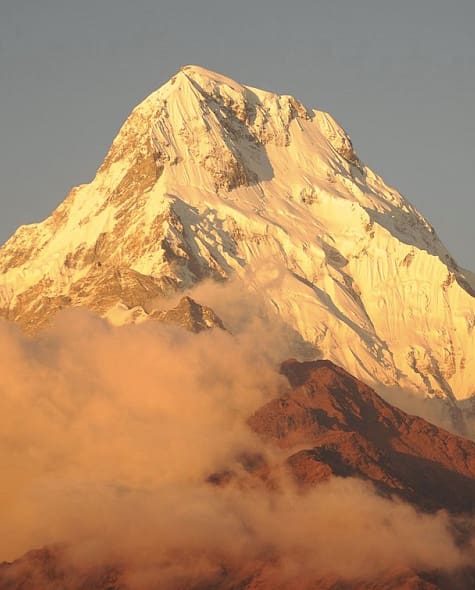
The first climb to Annapurna meaning “The Goddess of Harvest” in Sanskrit was done by a French team on June 1950. Annapurna has the highest death rates among the 14 mountains over 8000 metres and almost one every three mountaineers die. (Other than K2, average death for other 8000 metres is 1/6).
Polish mountaineers Jerzy Kukuczka and Artur Hajzer climbed to Annapurna for the first time on February 1987.
Gasherbrum I (Hidden Peak) 8.068 metres (Pakistan / China border)
American mountaineers Andrew Kauffman and Pete Schoening climbed to the summit for the first time on July 1958. The summit was named by a British The summit was named by William Martin Conway in 1892.
Broad Peak 8.047 metres (Pakistan / China border)
Broad Peak summit does not have a local name. Although T.G. Montgomerie names the summit K3 in 1856, this name is not used by most of the people.
The first climb to Broad Peak was done by four Austrian mountaineers in 1957. Broad Peak is considered as one of the safest 8,000s with 7% death rate.
Gasherbrum II 8.034 metres (Pakistan / China border)
Gasherbrum summit was named in 1856 by T. George Montgomerie from the British Royal Geography Community. Named K4 because it is the 4th peak in the Karakoram Mountains, Gasherbrum was renamed Gasherbrum, a combination of the Sanskrit words Rgasha (beautiful) and Brum (mountain) in the early 1900s.
The first climb to Gasherbrum II was done by two Austrian mountaineers on July 1956.
Shishapangma (Gosainthān) 8.013 metres (China)
The Sanskrit name Gosainthan has many meanings, but the most well-known and used one means ‘Place of the Saints’ or ‘House of the Gods’. Shishapangma, the only 8,000-meter peak entirely in China, is considered one of the easiest 8,000s to climb, as it can be reached by car all the way to the base camp. The first ascent to the summit was made in May 1964 by 10 climbers led by Chinese mountaineer Hsu Jing.
May Day Movies: Celebrate International Workers’ Day with these 10 Must-Watch Films
